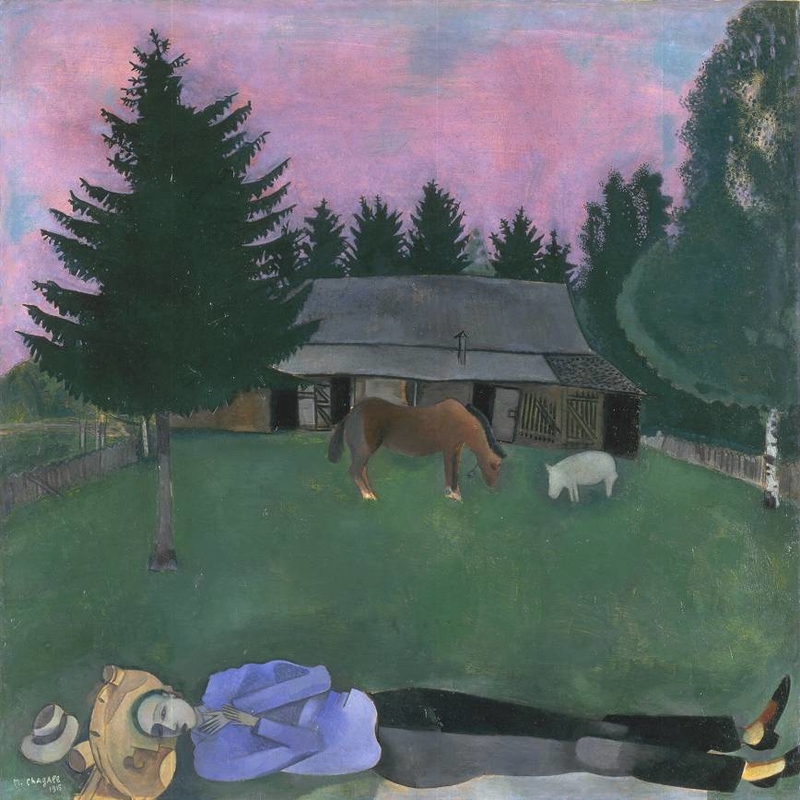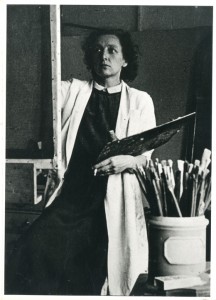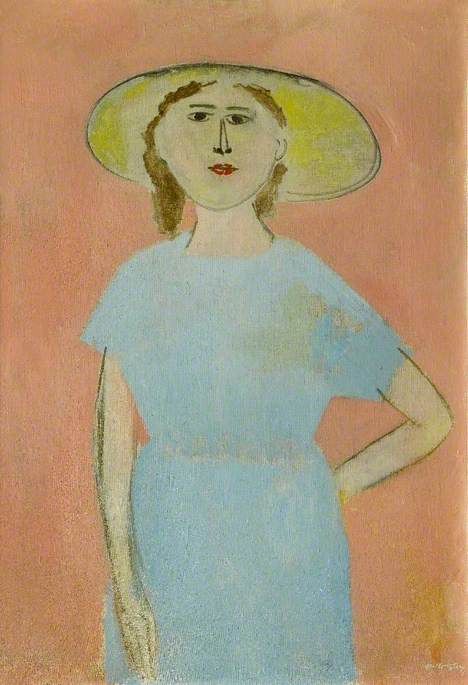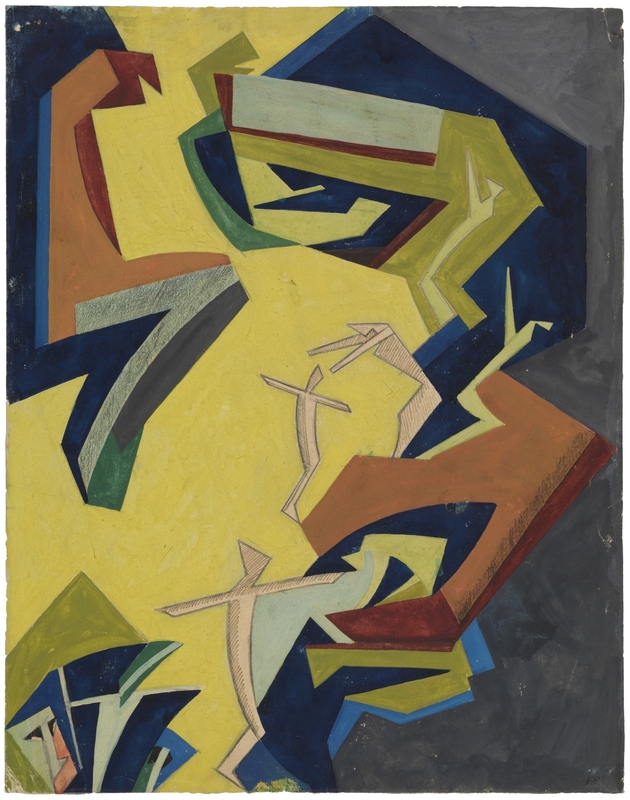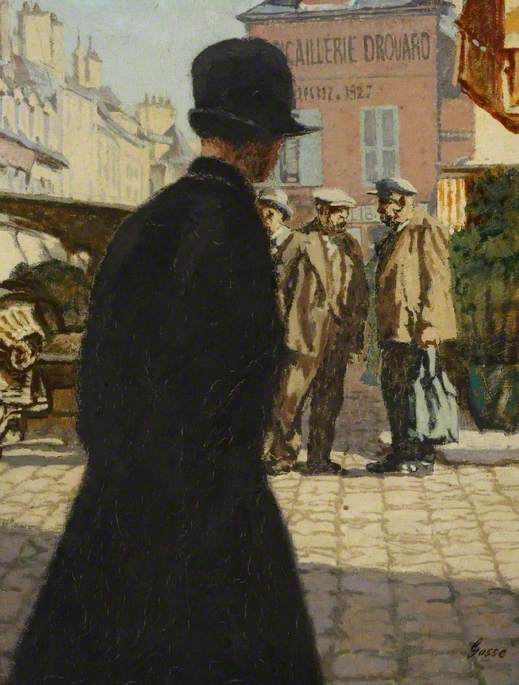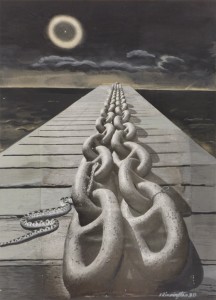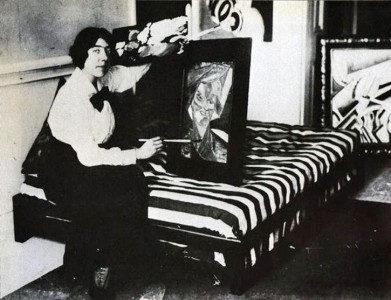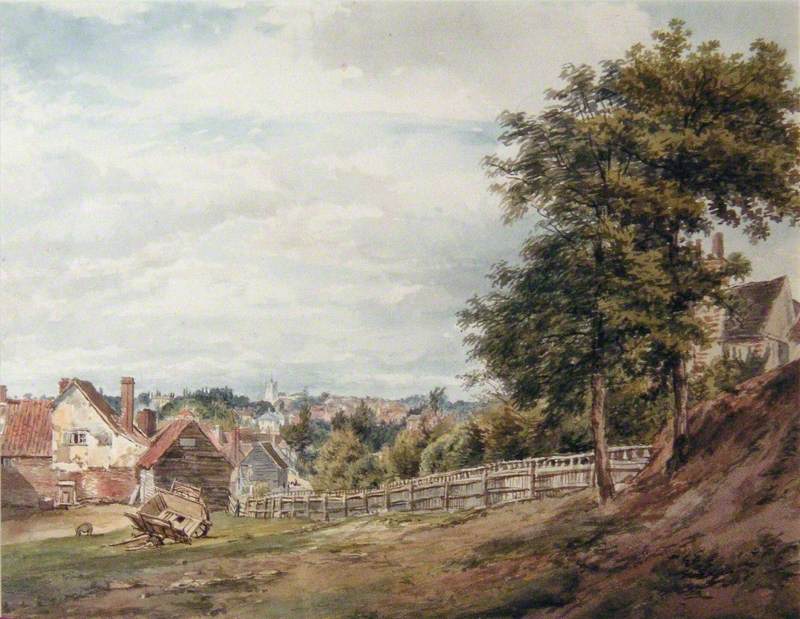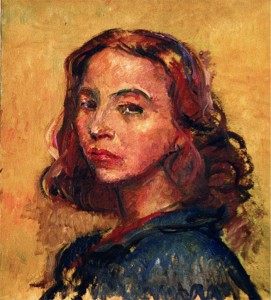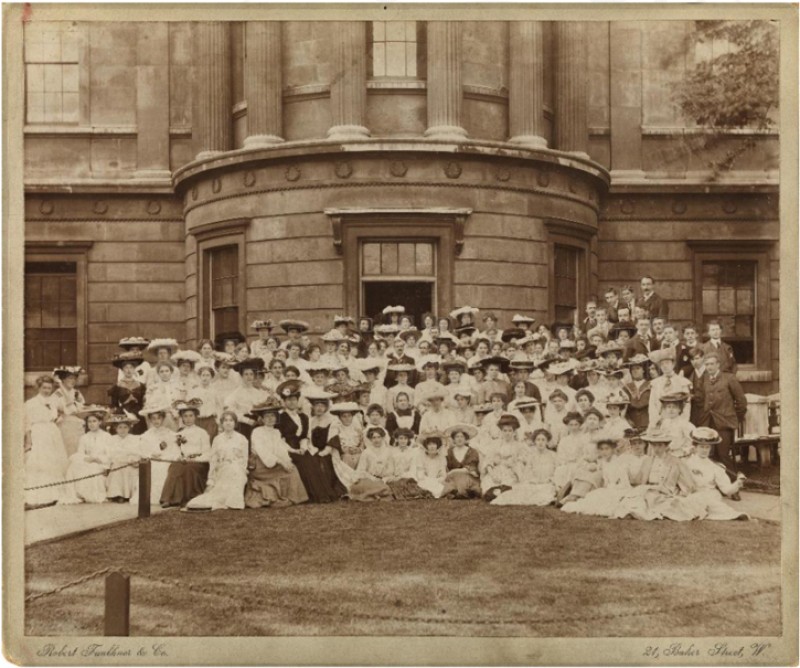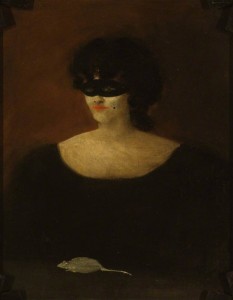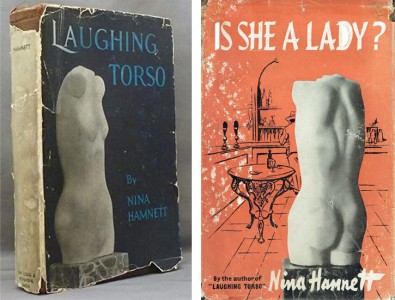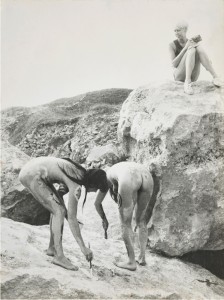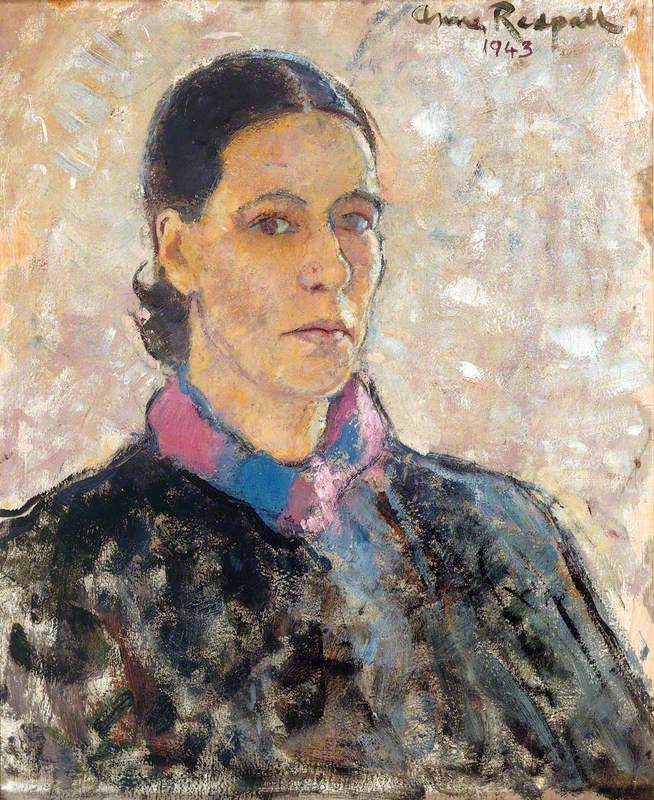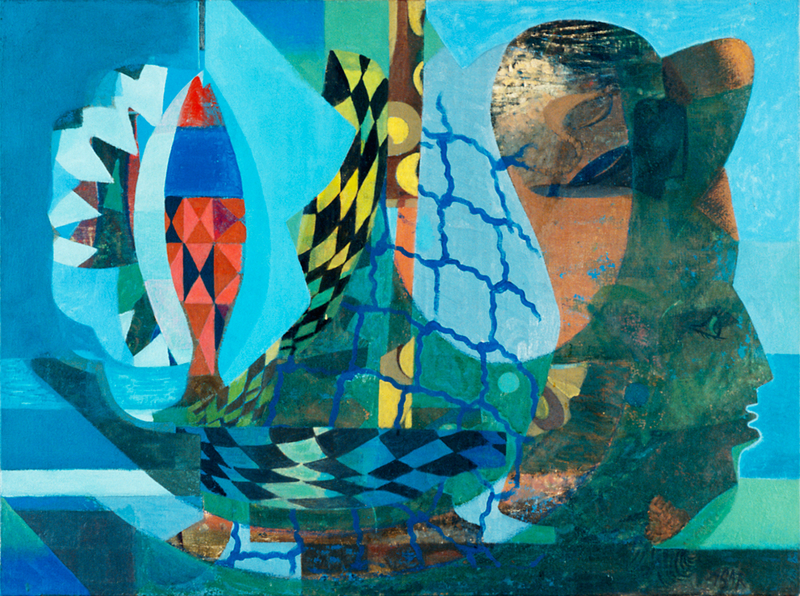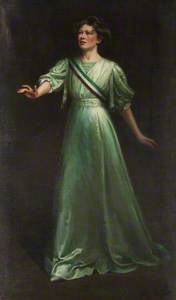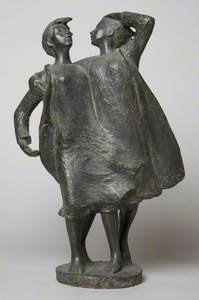As I write, the exhibition 'Radical Women: Jessica Dismorr and her Contemporaries' is being taken down – its four-month run has ended and Pallant House Gallery is preparing for the next show. It is always a sad moment when an exhibition finishes, and this is especially the case when it comes to women artist's work as it often has to be sourced from private collections and is unlikely to be seen in public again for many years.
This was so with much of Jessica Dismorr's art – the central spine of the exhibition – but was equally so with the work of the women she knew, worked and exhibited with, some of whom have fallen into obscurity, such as Anne Estelle Rice, Ethel Wright, Helen Saunders, Betty Rea and Paule Vezelay.
These women artists – and many others – adopted radical approaches to painting, which often reflected their political sympathies.
Anne Estelle Rice
Anne Estelle Rice (1877–1959), Dismorr's colleague in the avant-garde Rhythm group, is represented patchily in public collections in the UK, but remains much better known in the US.
She was born in Philadelphia, and is an example of how art history is still often geographically partisan, even though the era of modernism, in which she and all the women in the exhibition worked, was enabled and shaped by international connections, travel and communication.
In hindsight, national boundaries can still determine hierarchies and determine the visibility of the work to future generations. Rice was, however, considered a leading modernist of her day in Britain. The critic Huntly Carter admired her 'fierceness' – her work is breathtakingly bold in its use of colour and line, and is often lusciously sensual – and wrote that her painting was 'impossible to forget'.
The pro-suffrage newspaper Votes for Women described her self-portrait of c.1909–1910 as 'marking an epoch in modern art' and likened her to a militant suffragette.
Ethel Wright
One of the discoveries of 'Radical Women' is the relatively unexplored connection between the avant-garde publication Rhythm (named after the artistic group of the same name) and the campaigns for women's suffrage.
In the Rhythm collective's only group show, held at The Stafford Gallery in October 1912, among the exhibits was a stunning full-length portrait of the suffragette Una Duval by the artist Ethel Wright (1866–1939), painted in Rhythm's signature bold colours and strong outlines.
The sitter stands wearing a green dress (one of the colours of the Women's Social and Political Union) with a Chinese screen featuring fighting cockerels behind her, perhaps a reference to the raucous debates on women's rights among male MPs. Duval had famously refused to say the word 'obey' while making her marriage vows, inciting public furore and debate about the ritual of marriage.
Titled The Music Room, the painting has been in a private collection for a century, although Wright's only slightly earlier but very different in style, polished, academic portrait of the leading pro-suffrage campaigner and activist, Christabel Pankhurst, can be seen in the National Portrait Gallery.
Helen Saunders
The Vorticist group, which Dismorr joined when Rhythm ended, were also admiring of the suffragettes.
Although most of the work Dismorr made as a Vorticist is now lost to us (the only two works that are known to have survived appeared in 'Radical Women') we were lucky in that the art of her close friend and fellow Vorticist, Helen Saunders (1885–1963), the only other official woman member of the group, was well-represented thanks to the pioneering work of a family descendant, Brigid Peppin.
Peppin curated the only solo exhibition of Saunders' work to date in 1996, some thirty years after the artist's death. She has described how one of Saunders' Vorticist oils was so unappreciated that it was used as makeshift lino to cover a larder floor.
Saunders may have internalised the lack of respect given to her art. When invited to contribute to an exhibition of Vorticism in 1956, she described the piece she was lending as 'of no particular interest.' In fact, she was a dazzling colourist of great formal audacity, and also, like her friend Dismorr, a gifted poet, who published her writing in the 'War Number' of the Vorticist journal, Blast, in 1915.
Paule Vézelay
The war put an end to the taste for violent experiment shared by many modernists, in its place was a desire for solid figurative certainties.
Dismorr herself wrote in 1918 'I call the universe to order', and she joined new artists organisations to exhibit the new direction in her work, notably the Seven and Five Society and The London Group. At the latter the executive committee was all-male, however their secretary was an ex-suffragette, Diana Brinton, and she encouraged women to join.
Dismorr's work was sometimes hung there alongside an artist who, born Marjorie Watson-Williams in Bristol, changed her name in 1926 to the more gender-ambiguous and French-sounding 'Paule Vézelay' (1892–1984). Like Dismorr she had trained at the Slade (albeit briefly) and was interested in the 1920s theme of performance, exhibiting prints of women tightrope walkers, and painting theatre scenes.
A striking self-portrait of the late 1920s shows Vézelay short-haired and wearing a plain blouse, her arms raised and hands resting on her head, as if she is scrutinising the viewer at her leisure, a gesture symbolic of the new confidence and freedoms enjoyed by some of this generation of women during the era of 'la garçonne' or the flapper.
Betty Rea
Dismorr's generation of artists, despite their brilliant achievements, were historically unlucky. The conflict of 1914–1918 was not the 'war to end all wars' as some had imagined, but only the precursor to the rise of the Nazis and the bloodbath that followed.
Sensitive always to the life of her times, Dismorr began to show with an artist's group, the Artists International Association, whose aim was to counter the nationalist cultural propaganda emerging from Germany and promote internationalism and peace. She owned a copy of 5 on Revolutionary Art (1935) with a foreword by Betty Rea (1904–1965), the secretary of the AIA and a figurative sculptor herself.
Two of Dismorr's paintings were exhibited with a work by Rea at the exhibition 'Die Olympiade Onder Dictatuur' ('The Olympics Under Dictatorship') in Berlin in 1936, a brave attempt to oppose the Nazis' attack on modernism.
We cannot be certain which works of Dismorr's were shown at DOOD – the catalogue lists them as abstract compositions. Just as all exhibitions have their gaps and silences, unfortunately there are lacunae in the research that cannot currently be filled with regards to Dismorr's art.
In particular, we were unable to secure two superb abstract paintings known as Superposed Forms from 1938 – one belonging to a private collection, and the other in Birmingham Museum, which is currently under redevelopment and could therefore not make the loan.
Even when the walls are bare and the gallery technicians begin to carefully package the art for return to its owners, there is solace in remembering that the work of the exhibition is not over.
In fact, while the job of the curator is partly to bring art to a fresh audience, there is also the responsibility to spur future work in the field. The symposium held at Pallant House Gallery in February, the final month of 'Radical Women', included both distinguished scholars and a new generation of researchers on women artists, including those who took part in the Radical Women Wikipedia edit-a-thon.
It became clear through the course of the day just how many groundbreaking modernist women remain underrepresented in public collections and have been rendered largely invisible. There is much work still to be done, but I hope that 'Radical Women' has planted a seed that will help to feed the research and exhibitions of the future.
Alicia Foster, Curator of 'Radical Women: Jessica Dismorr and her contemporaries' at Pallant House Gallery, which ran from 2nd November 2019 to 23rd February 2020
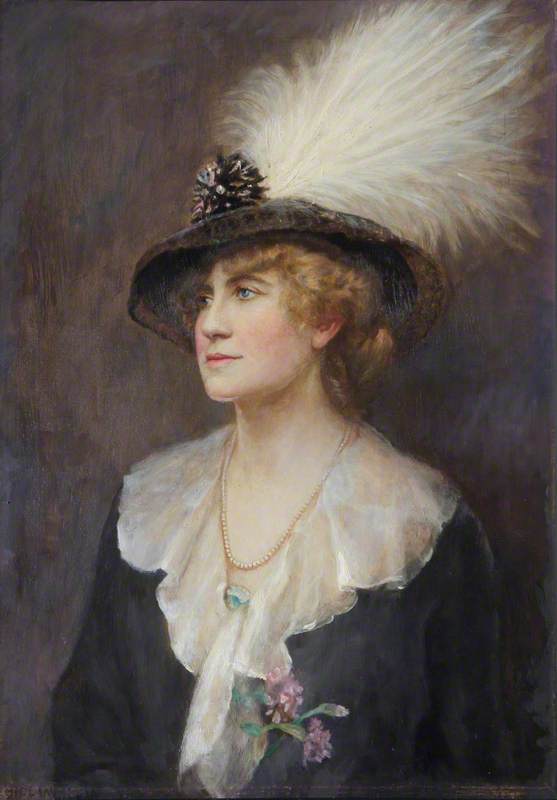
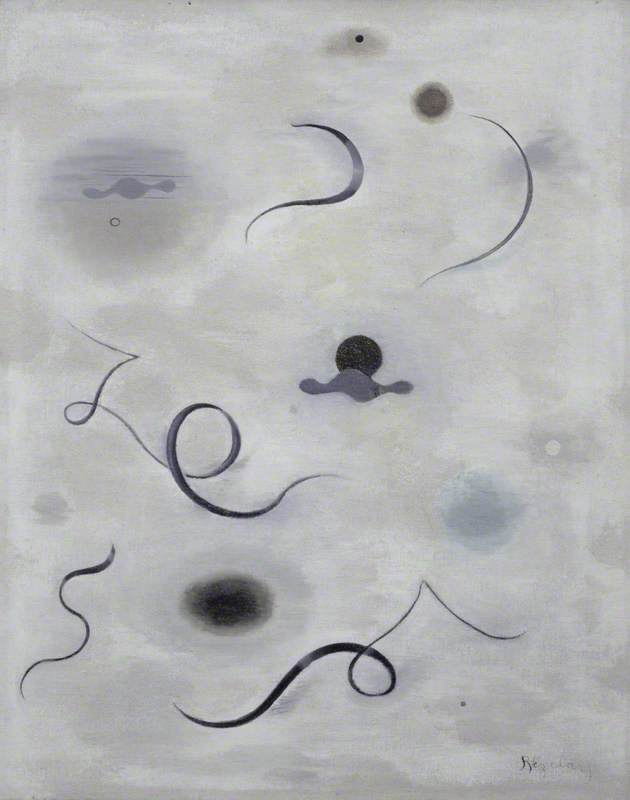
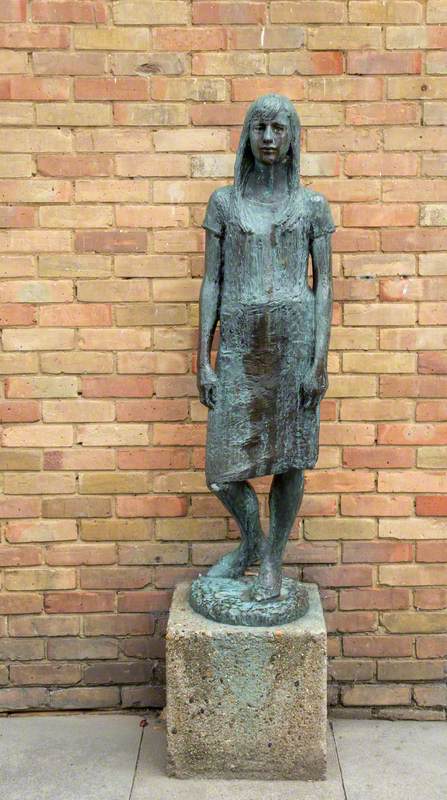

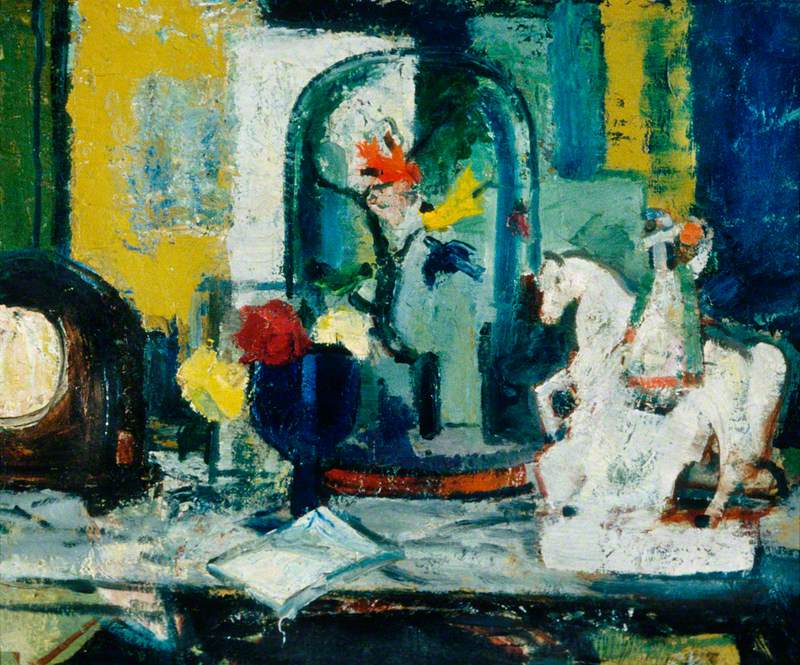
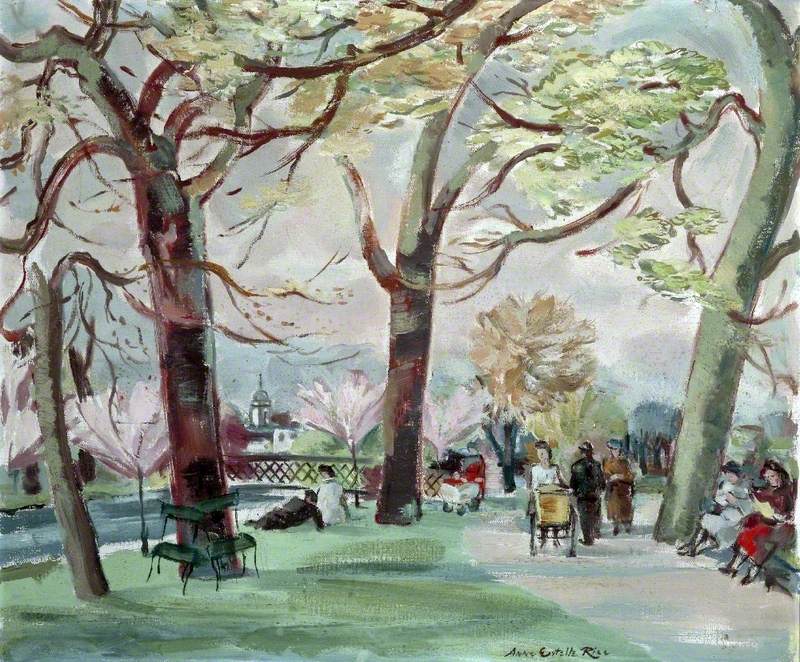

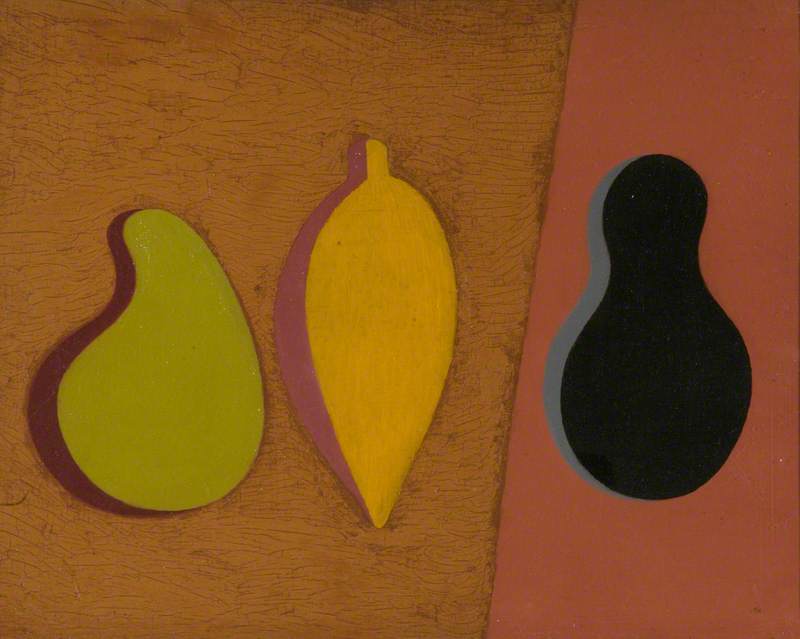
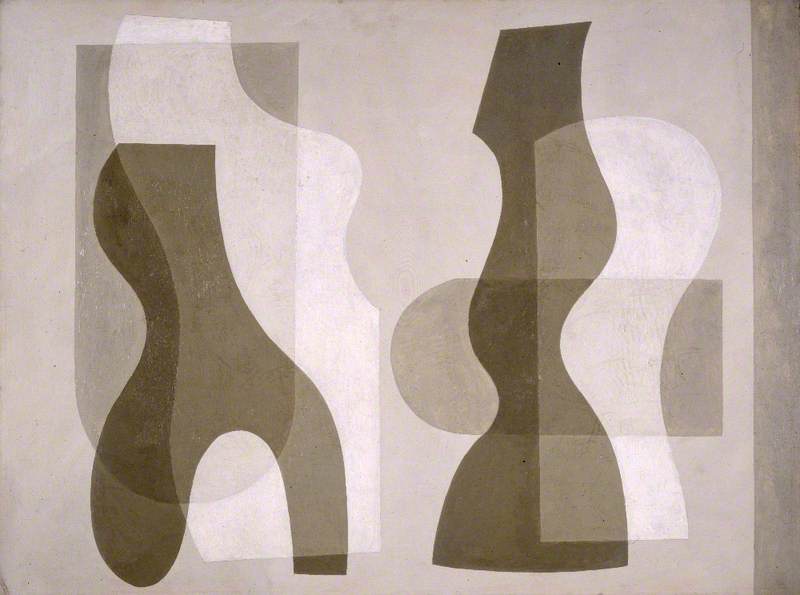
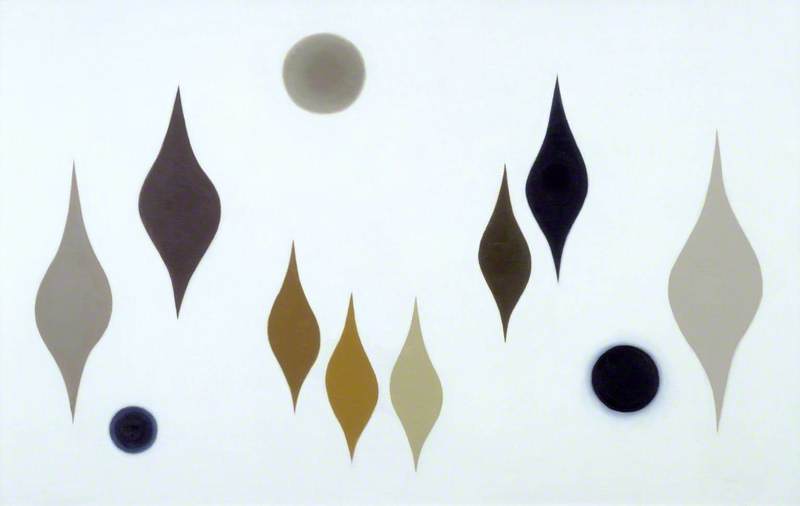
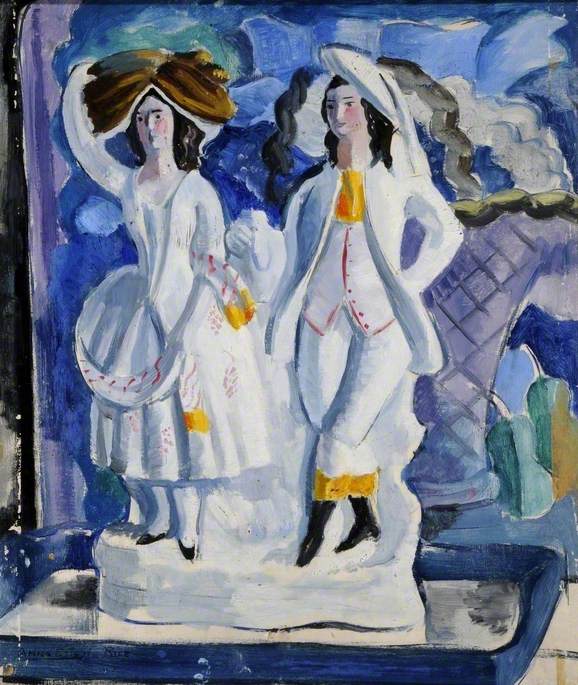


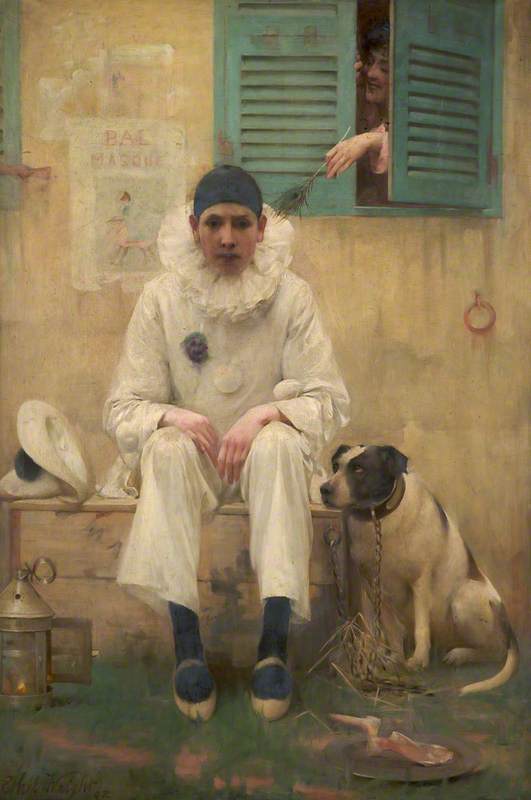

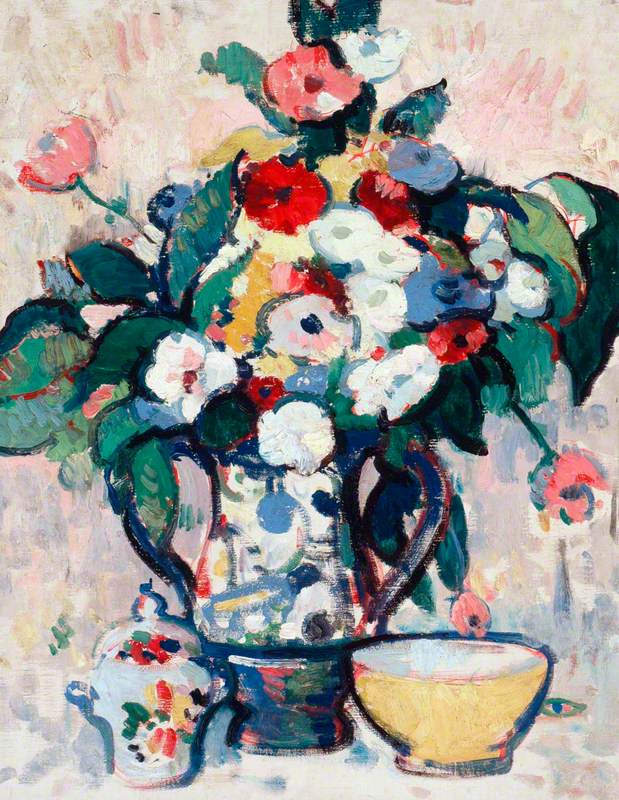


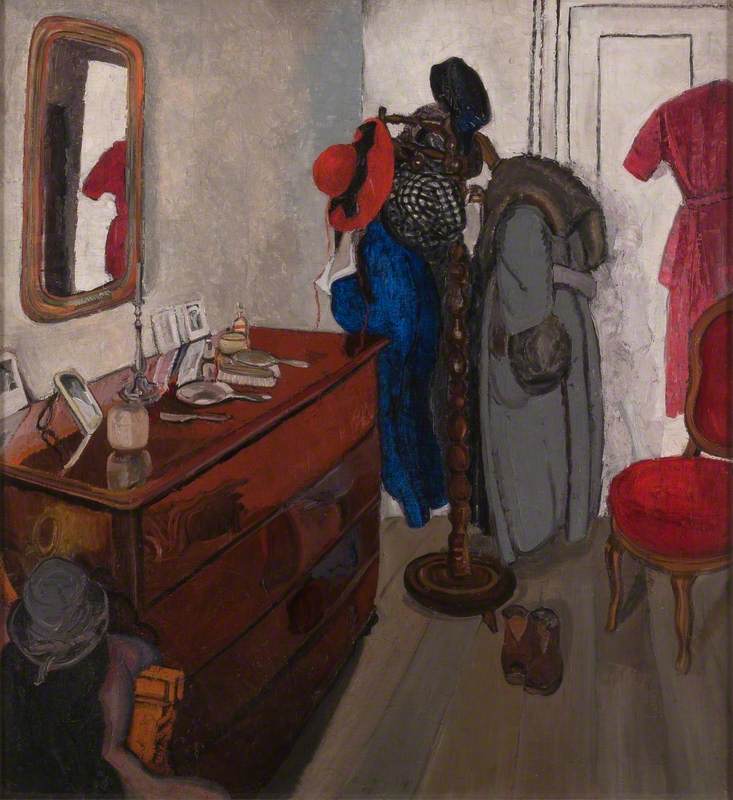

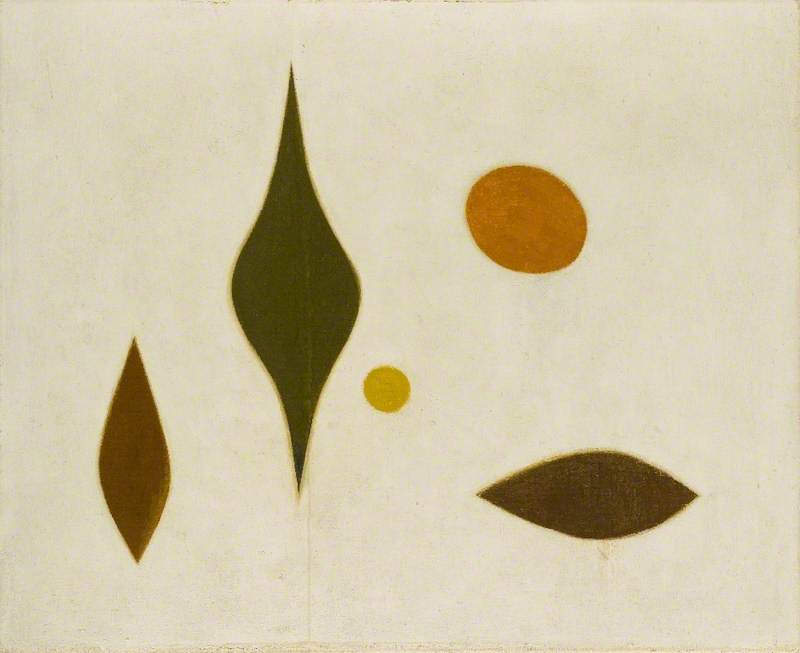
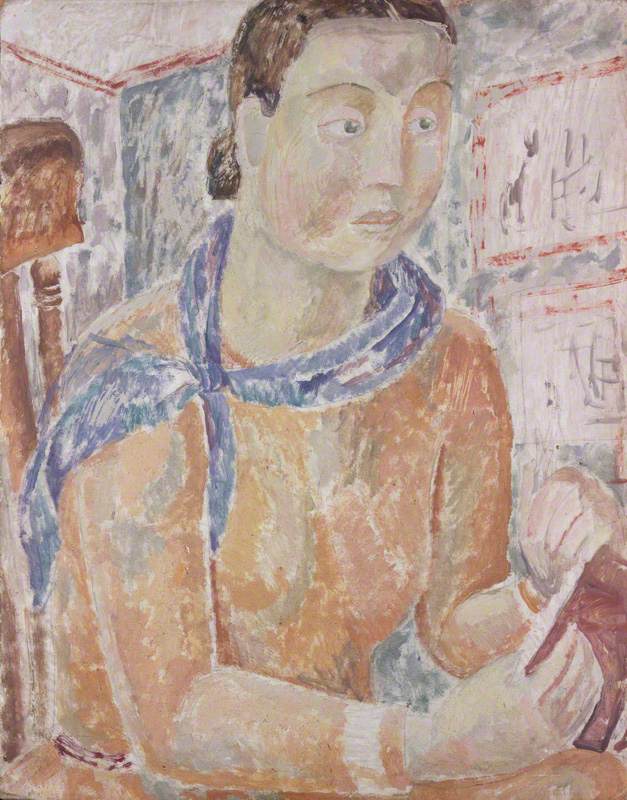
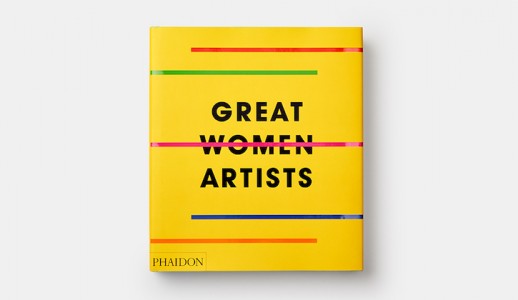





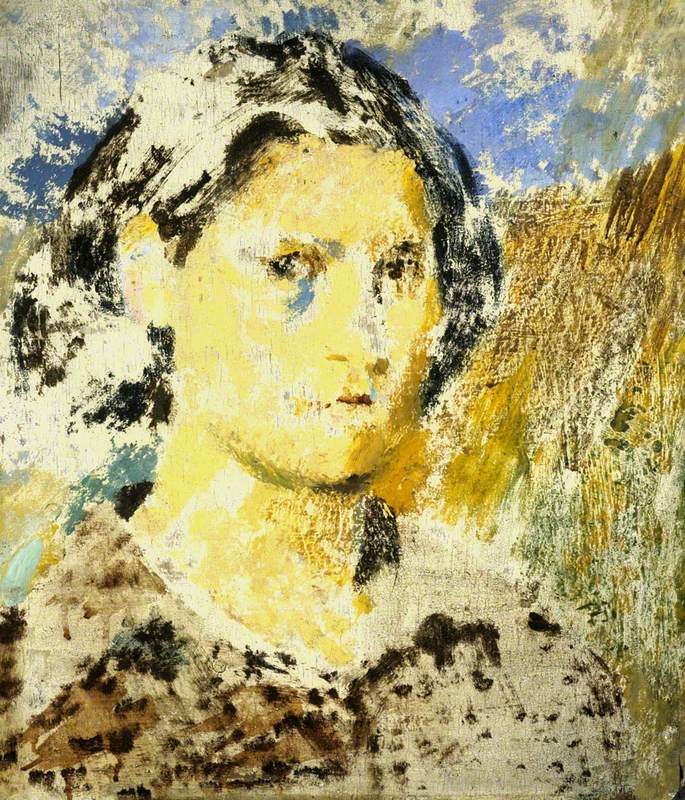


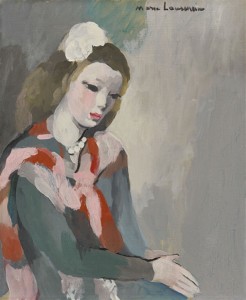
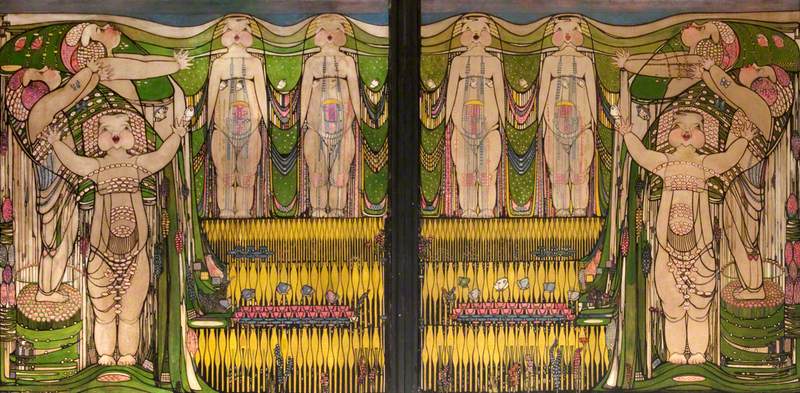
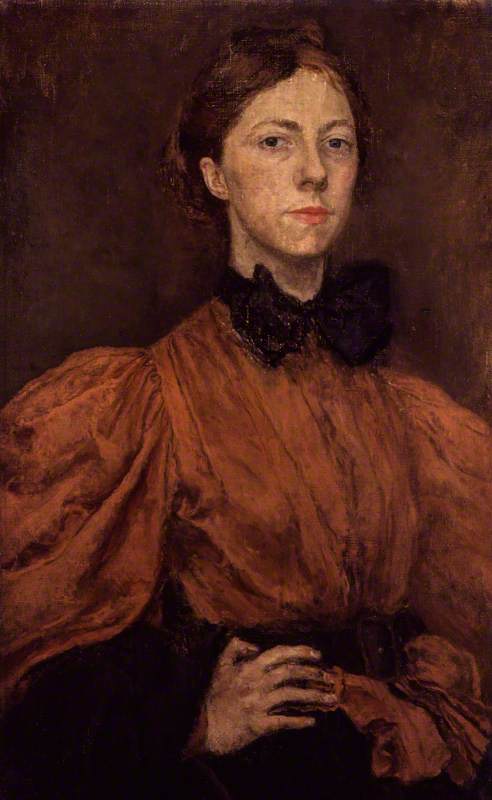
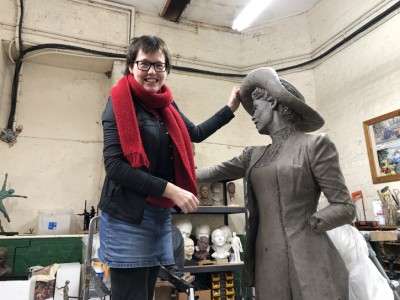
.jpg)
